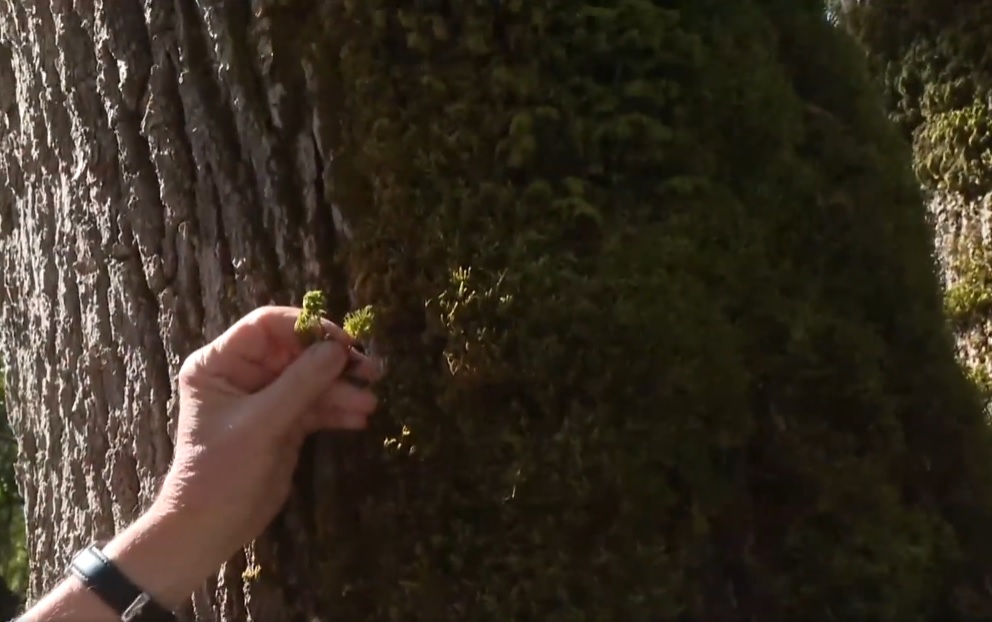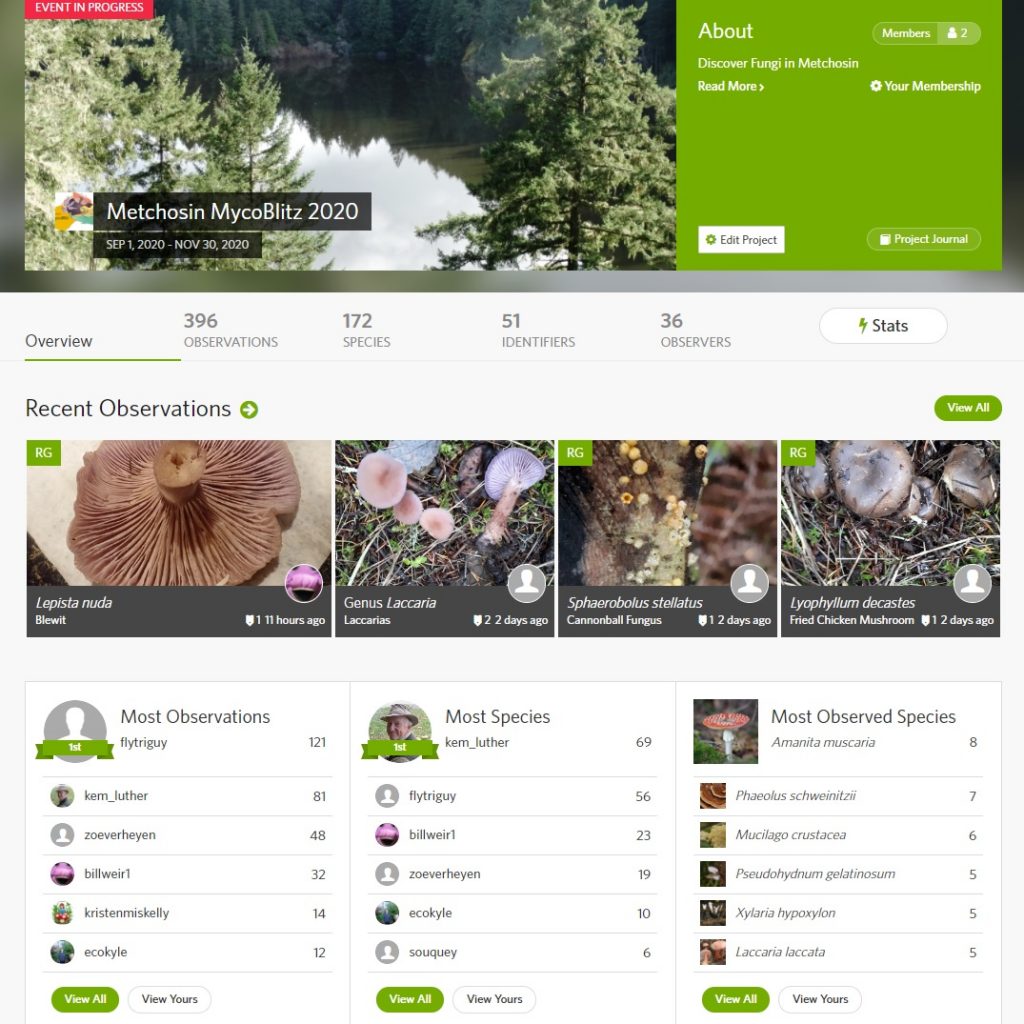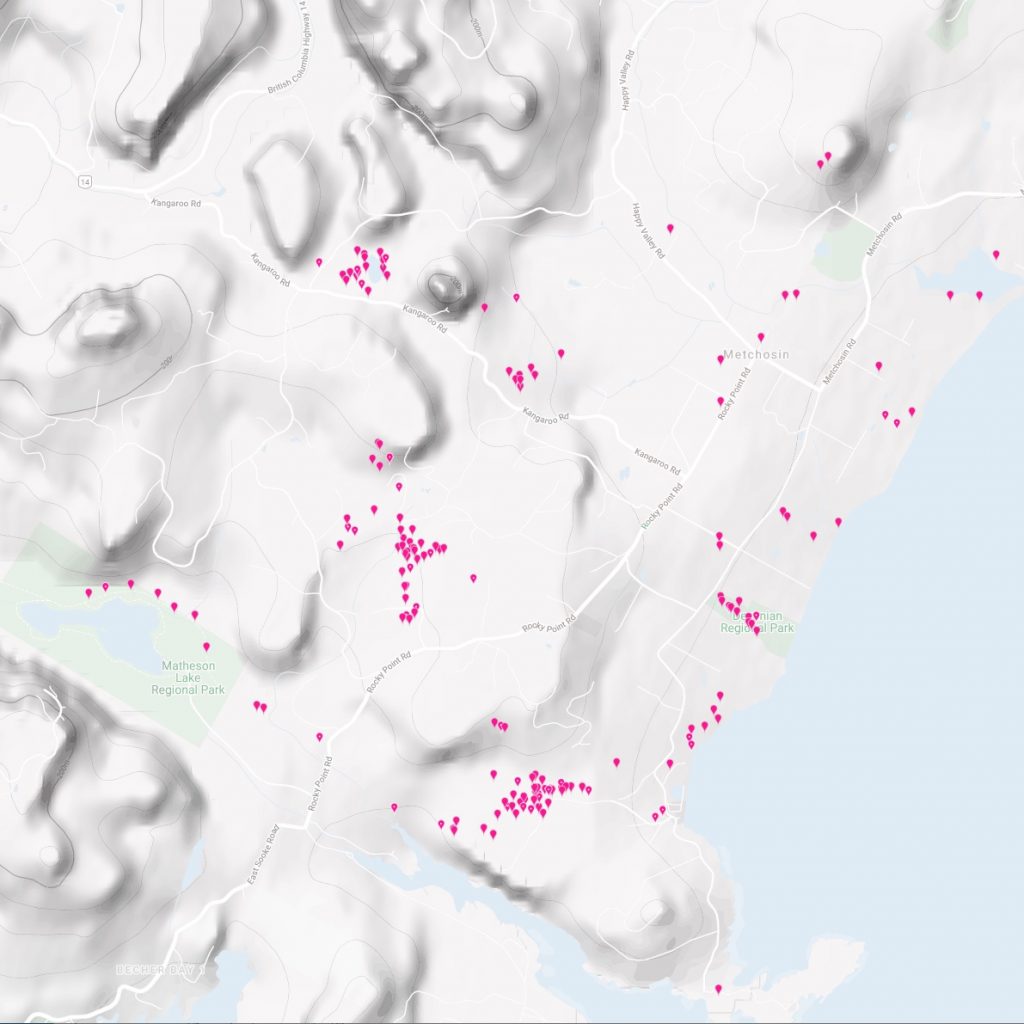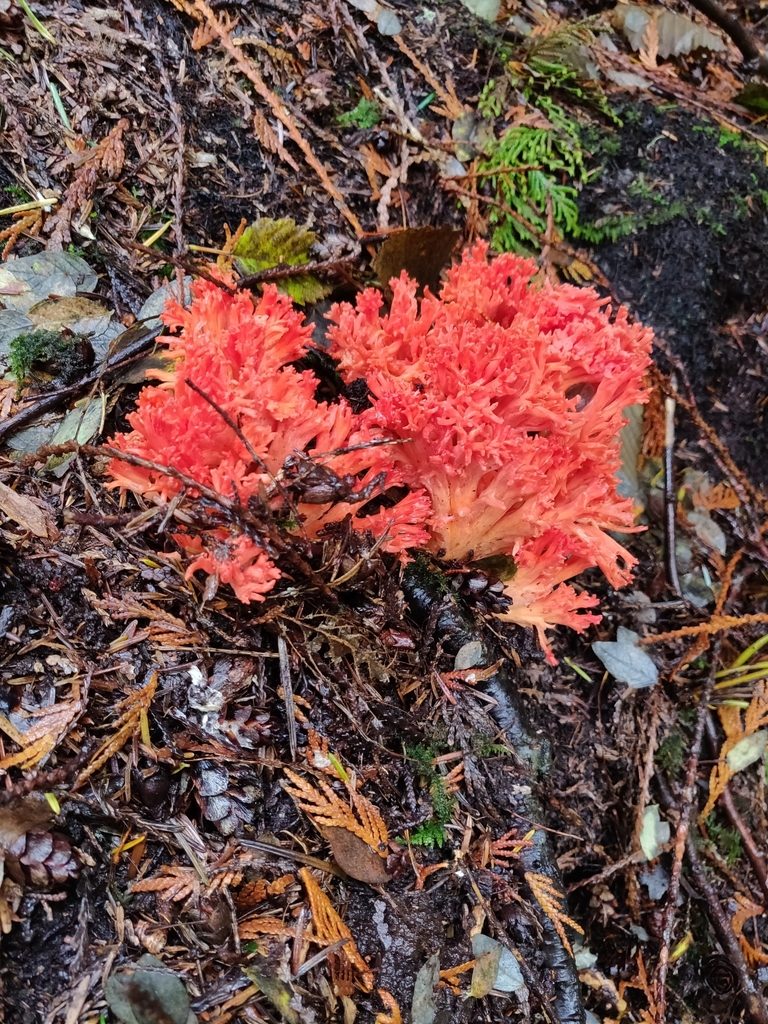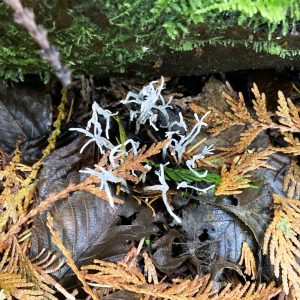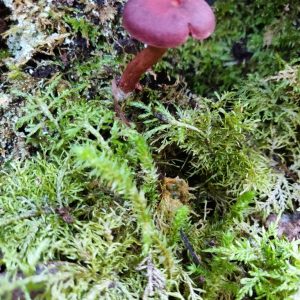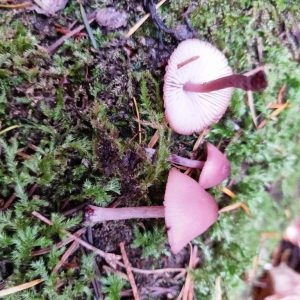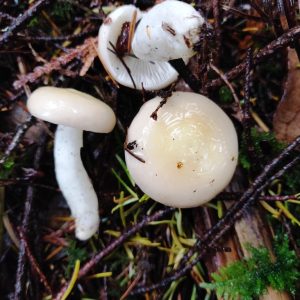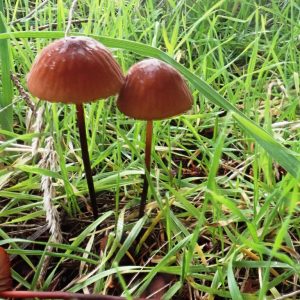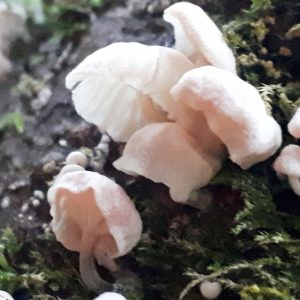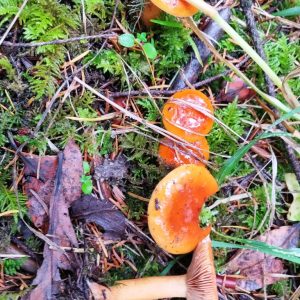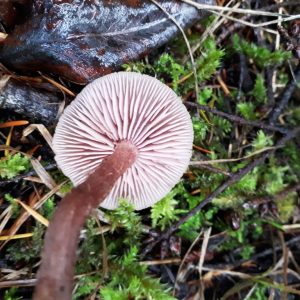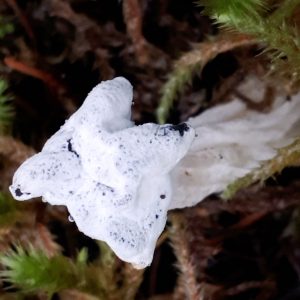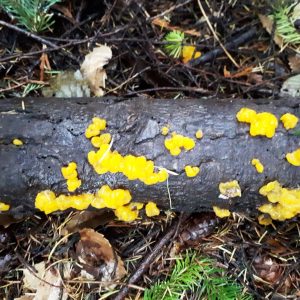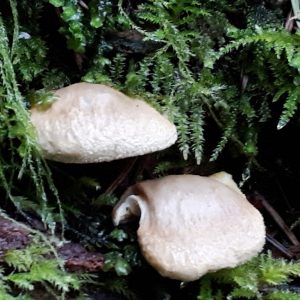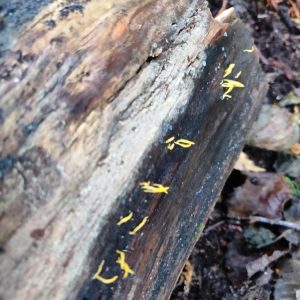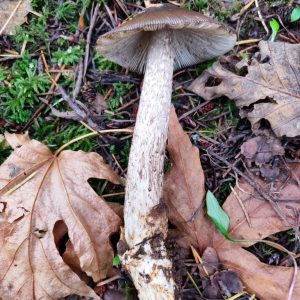
In 2024, the Metchosin Biodiversity Project continued to inventory the various non-human species in the District of Metchosin and Race Rocks. Before 2018, the counting was done through expert-led bioblitzes and mycoblitzes. Since then, the Project has made use of the citizen science resources available in the iNaturalist app.
We started the year with almost 3600 species in our iNaturalist database. In 2024, we pruned 25 poorly-identified species from our lists and added 205, making it the second most productive year since switching to iNaturalist. Our count of 3780 species may be the second highest species tally for any municipal region in Canada. Almost 500 people contributed iNaturalist observations this year, and their observations were vetted by a thousand experts from all over the globe. To see the latest numbers, visit our iNaturalist database.
Here’s a quick review, broken down by category, of some of the species that were added to the Metchosin Biodiversity Project’s database in 2024:
Birds. Just when you think every bird that could possibly make its way into Metchosin had been catalogued, along comes 2024. We added six new birds to our list. A couple of them were species of the long-migrating jaegers, birds typically seen from ships. One new bird was a blue jay, a central and eastern Canada bird that occasionally makes its way to our coasts. A white-winged dove, wandering into Metchosin, tested the northern limits of its range. We knew that red-throated pipits and clay-coloured sparrows were occasional visitors to the island, but we hadn’t recorded them in Metchosin before this year.
Insects. About half of the new species added to the database were insects and spiders. A number of these additions came through Garry Fletcher, David Bell, Thomas Barbin, and Liam Ragan. Those wanting to see what can be done with an advanced photographic setup, and see just how detailed pictures have to be in order to be certain about some insect and spider identifications, should take a look at Thomas’s observation of a dwarf spider. But it wasn’t just tiny insects that caught our attention. New species of bees, flies, and moths also found their way into the Metchosin database.
Vascular plants. Of the dozen vascular plants added in 2024, about half came from James Miskelly. He also helped identify the observations made by others. Golden sedge, found on the DND lands at Rocky Point in June, became our sixteenth sedge. Two grasses were also new: Pacific bentgrass and western manna grass.
Fungi and Slime Moulds. 2024 was a great year for fungi and slime moulds in Metchosin—about 35 made a first appearance. Bill Weir, using his advanced CSI skills, found Onygena, a corpse fungus. It was growing on the hair of a dead deer. Steve Smith from Sooke found a slime mould in Metchosin with the neat and oxymoronic name “yellow carnival candy slime.” A bird’s nest fungus that hadn’t been recorded before, fluted bird’s nest, showed up in a Metchosin greenhouse. One of the trees in Matheson Lake CRD Park hosted a conk called “red paint fungus” that several of the First Nations in BC harvest and grind up to produce a red pigment.
Marine Life. The ocean shores at the edges of the district yielded about 35 new marine animals. Laura Verhegge, a teacher at Pearson College, along with several of her students, found many of these. Justin Merodun, a postdoc freediver from Seattle, went under the water to photograph some of the more elusive critters. One of the marine finds, Pacific sea gooseberry, eluded our records until now because it looks like a drop of water. Good spotting, Laura!
By the time you read this, the 2025 count will have started. The Metchosin Biodiversity Project hopes that many more Metchosinites will take up their cameras and smartphones to help with the 2025 inventory. Project acknowledges the support of the Metchosin Foundation.

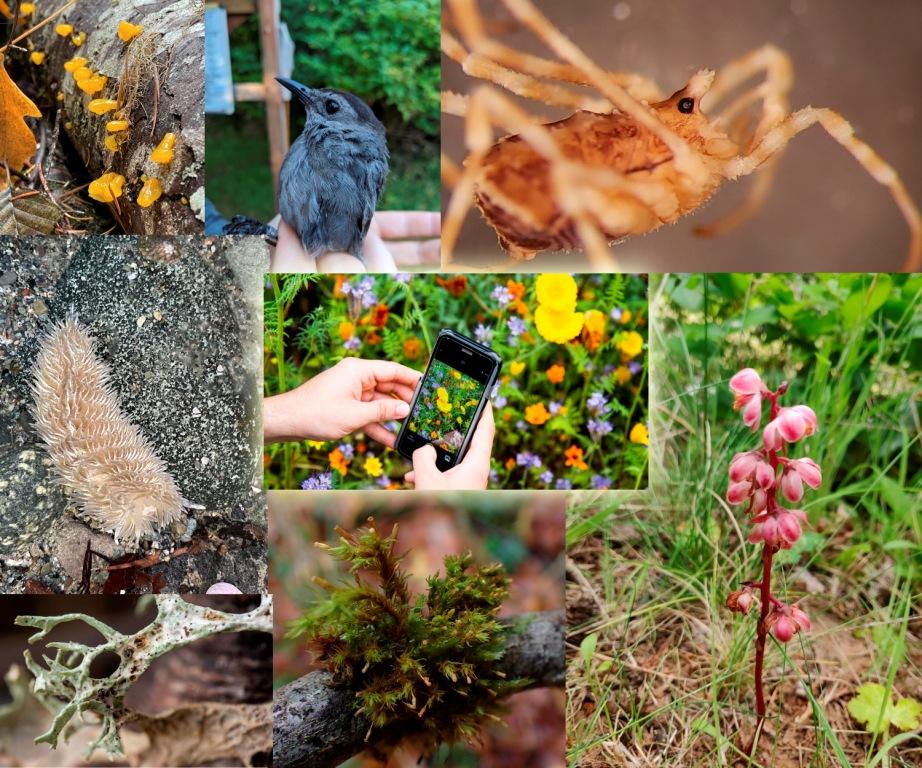
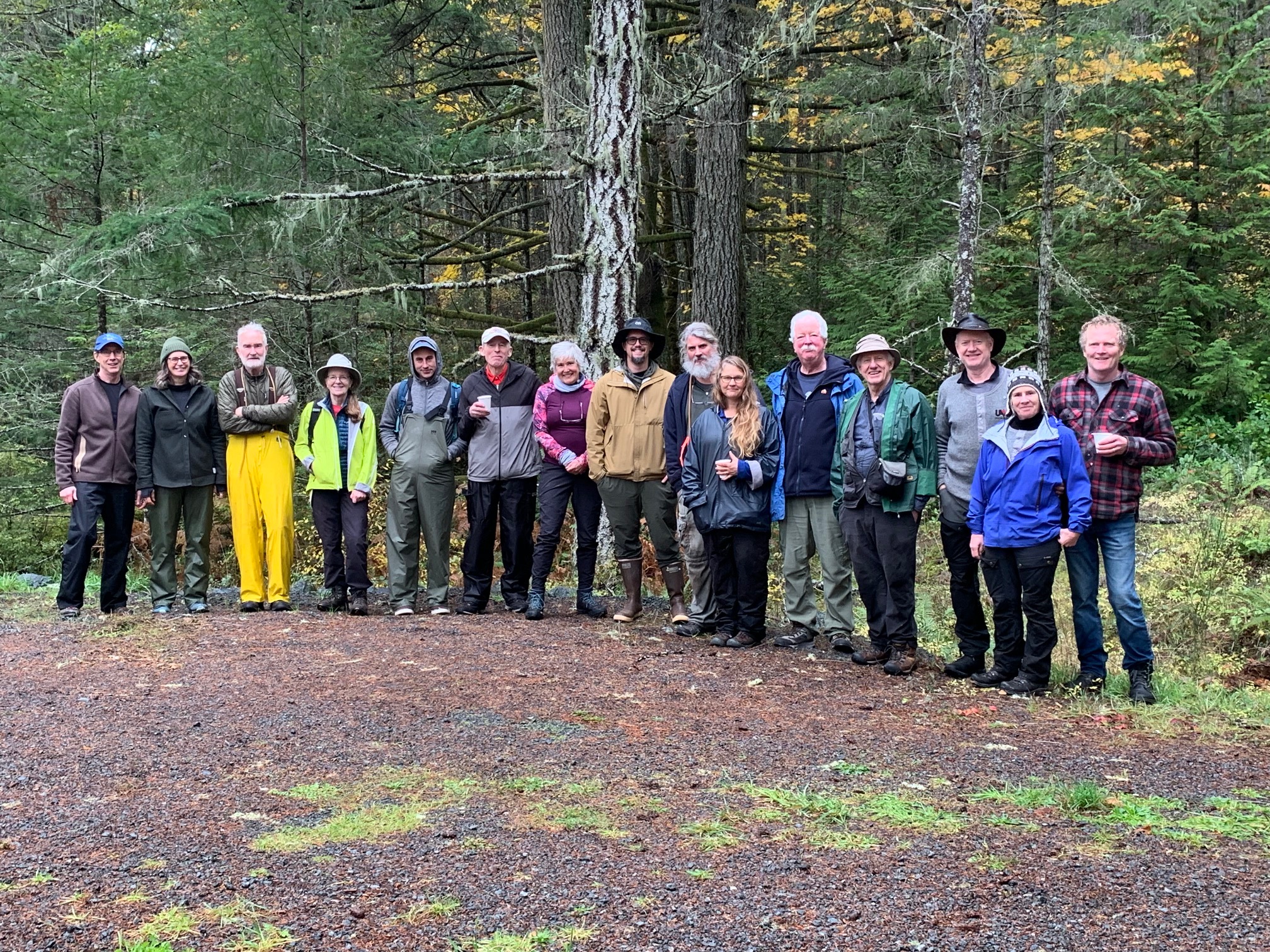







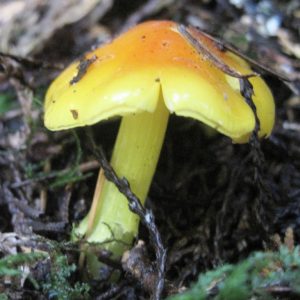 With COVID somewhat tamed, we are re-launching the Metchosin Talk & Walk series. We’ll begin it with a mini-MycoBlitz! We have found more than 600 species of fungi in Metchosin, but there are still species out there that have eluded our grasp. The event will begin on Friday, November 4, 7:00 p.m., at the Metchosin Council Chambers. (For the safety of all attendees, including those with compromised immune systems, we encourage attendees to wear masks when not eating or drinking.)
With COVID somewhat tamed, we are re-launching the Metchosin Talk & Walk series. We’ll begin it with a mini-MycoBlitz! We have found more than 600 species of fungi in Metchosin, but there are still species out there that have eluded our grasp. The event will begin on Friday, November 4, 7:00 p.m., at the Metchosin Council Chambers. (For the safety of all attendees, including those with compromised immune systems, we encourage attendees to wear masks when not eating or drinking.)

